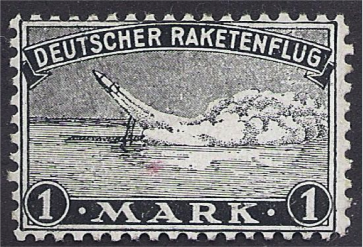-
WHAT IS NASA PHYSICS?
-
MODULES
-
Forces and Motion
-
Conservation of Momentum & Energy
-
Temperature and Heat
-
Fluids
-
Optics
-
Electromagnetic Spectrum
-
Modern Physics
-
Anticipation Guide 7
-
Intro to Modern Physics
-
Blackbody Radiation
-
The Ultraviolet Catastrophe
-
The Photoelectric Effect
-
Bohr's Atom
-
Spectra
-
Radioactive Decay
-
Special Relativity (SR)
-
Simultaneity
-
Distance and Time
-
General Relativity
-
May the Forces be with You
-
Modern Physics Notebook
-
Assessment Problems 7
-
-
Useful Things
-
-
SITE MAP
Forces and Motion
-
Anticipation Guide
-
Speed and Velocity
-
Acceleration
-
Gravity
-
Projectile Motion
-
Orbital Motion
-
Newton's Laws of Motion
-
Assessment Problems
Projectile Motion
Projectiles in History
 This scenario of cannons on a cliff firing on warships in a river is actually what happened at the Battle of Fort Donelson during the Civil War. The Confederate fort was on the cliff top, and Union ships on the Cumberland River were badly damaged.
This scenario of cannons on a cliff firing on warships in a river is actually what happened at the Battle of Fort Donelson during the Civil War. The Confederate fort was on the cliff top, and Union ships on the Cumberland River were badly damaged.
Left: Battle of Fort Donelson; Image from Wikipedia
 In the 1865 Jules Verne scifi novel, From the Earth to the Moon, a projectile is shot directly to the Moon using a large cannon on the Florida coast. Sadly, this would not be successful for a number of reasons, the main one being that the instantaneous explosion necessary to launch the bullet-like capsule would accelerate the crew to a far higher g force than the human body can withstand. But it is still a good story.
In the 1865 Jules Verne scifi novel, From the Earth to the Moon, a projectile is shot directly to the Moon using a large cannon on the Florida coast. Sadly, this would not be successful for a number of reasons, the main one being that the instantaneous explosion necessary to launch the bullet-like capsule would accelerate the crew to a far higher g force than the human body can withstand. But it is still a good story.
Right: Book Cover; Image from Wikipedia
In the early 1960s the U.S. Navy experimented with a long gun – Project HARP - that launched a projectile to an altitude of 180 km. This did not go into orbit, but would just stop rising and start falling back to Earth in an arc controlled by gravity. The purpose of HARP was to investigate the re-entry of ballistic missiles – warheads - without the expense of launching a rocket. It must have made a loud bang!
 In the 1930s in Germany, India, and the US, experiments were conducted to send letters by putting them in a canister on top of a rocket. Often these rockets blew up scattering letters to the wind, but Germany actually issued a rocket mail stamp.
In the 1930s in Germany, India, and the US, experiments were conducted to send letters by putting them in a canister on top of a rocket. Often these rockets blew up scattering letters to the wind, but Germany actually issued a rocket mail stamp.
Left: Mail stamp; Image from StampCommunity.org
© 2013 by Wheeling Jesuit University/Center for Educational Technologies®. 316 Washington Ave., Wheeling, WV 26003-6243. All rights reserved. Privacy Policy and Terms of Use.

